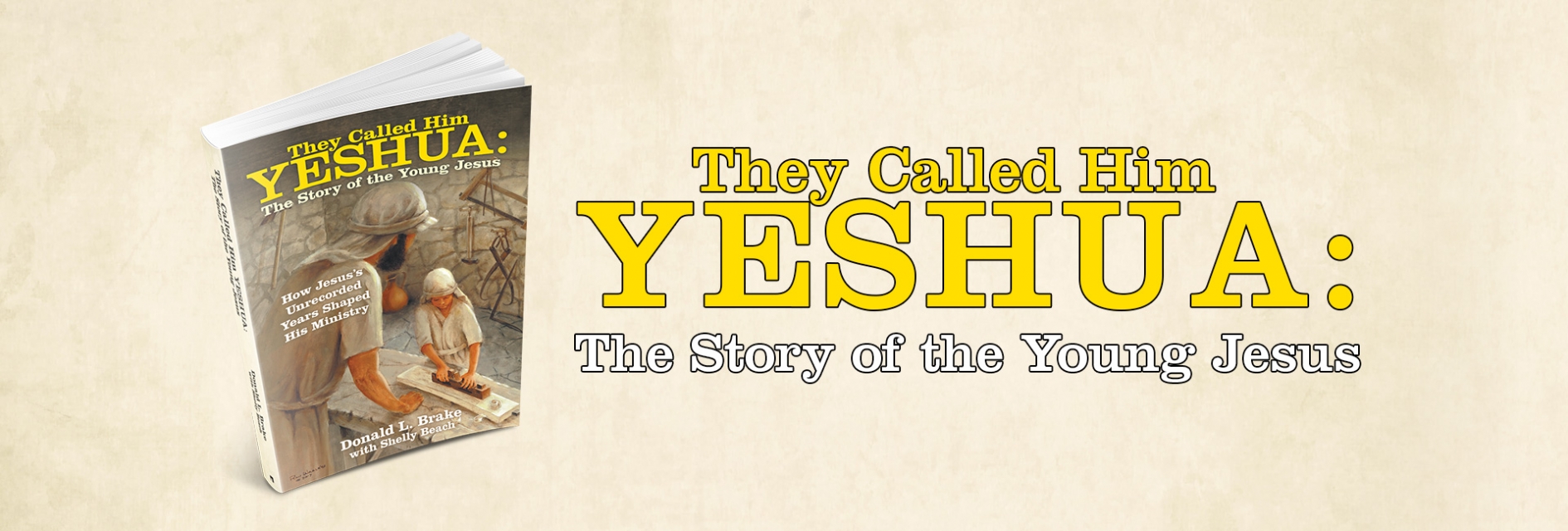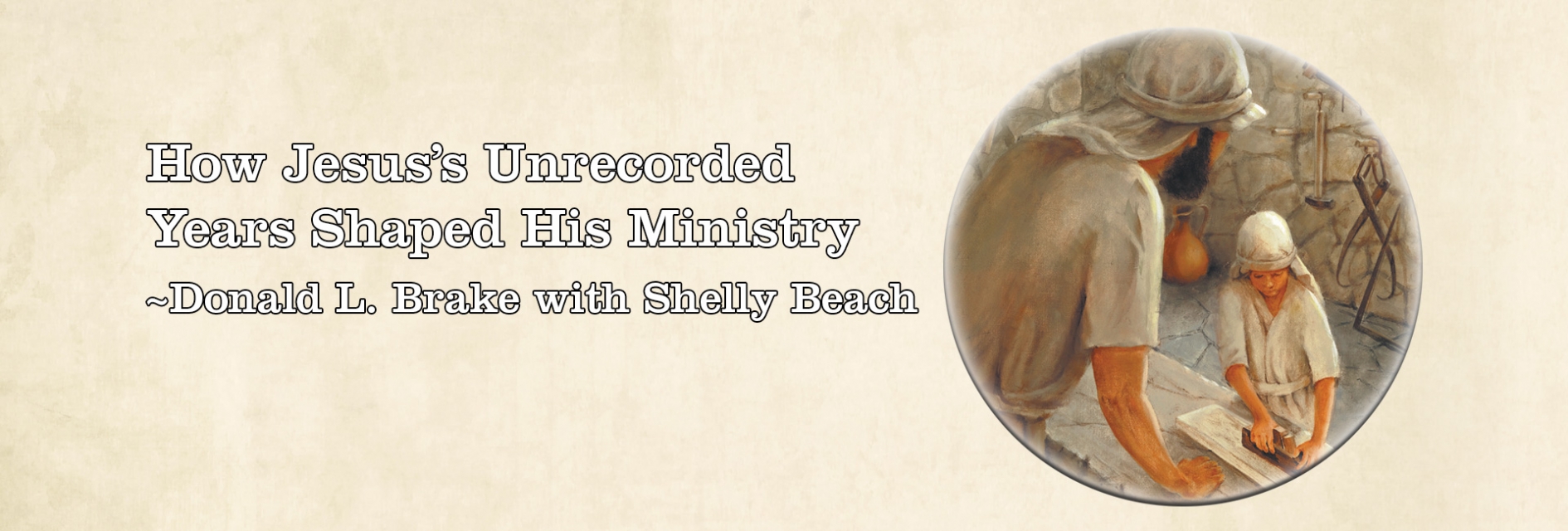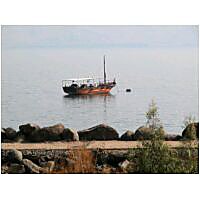

 He spoke as one with authority—calm, yet confident, with a delivery that inspired the soul. My first encounter with the Life of Jesus at Dallas Theological seminary came under the teaching of Professor Dwight Pentecost, a man who profoundly shaped my thinking and life’s work. He taught with a conviction and passion for his subject, and his students rarely saw him consult his notes. The moment I walked into his classroom, I fell in love with the Jesus of the Gospels and yearned to walk where He walked.
He spoke as one with authority—calm, yet confident, with a delivery that inspired the soul. My first encounter with the Life of Jesus at Dallas Theological seminary came under the teaching of Professor Dwight Pentecost, a man who profoundly shaped my thinking and life’s work. He taught with a conviction and passion for his subject, and his students rarely saw him consult his notes. The moment I walked into his classroom, I fell in love with the Jesus of the Gospels and yearned to walk where He walked.
Years later my dream became a reality as our El Al airliner touched down at Ben Gurion Airport with a squeal of tires. I held my wife’s hand as we scanned the world that lay beyond our tiny window. Israeli soldiers—both men and women—stood armed and ready to spring into action. A rush of excitement ran through us. We were in the Holy Land for the first time, and our anticipation overshadowed the disappointment and tensions of the past year.
We arrived in Israel from Ethiopia, where a military coalition had overthrown Emperor Haile Selassie. The coup d’état had replaced his monarchy with a military government, and the change came through violence. We spent nearly a year in 1976-77 enduring the harassment of roadblocks and military searches, home invasions, weapons searches, and even a period of house arrest. Our second term as missionaries with the Sudan Interior Mission ended in anguishing heartache.
But our sadness turned to joy as we landed in Tel Aviv. New excitement surged through us. We were in the Holy Land. Our studies in Jerusalem at the Institute of Holy Land Studies (now Jerusalem University College) helped us transition from a painful and disappointing final year in Ethiopia to a new ministry in Portland, Oregon at Multnomah School of the Bible (now Multnomah University).
I returned to the Institute a decade later, as a guest lecturer for a semester when I was taking a sabbatical from my teaching responsibilities at Multnomah. Then in 1990 I became President of the Institute of Holy Land Studies and was given a front-row seat to the first Gulf War. I returned to the United States as pastor of North Carrollton Baptist Church in Texas and then back to Multnomah in 1999 to continue building the Seminary I opened in 1986.
I still have an insatiable love for Israel and desire to share my enthusiasm for the land and my love for the biblical Jesus. It has been one of my dreams for many years to share my love for the Holy Land and for Jesus, my Savior in a book. Jesus, A Visual History was the beginning of the fulfillment of that dream. To go beyond the facts as we know them from the New Testament and construct the story behind the Gospel accounts in a novel that has historical and cultural facts to guide the plot fulfills my longing. My time as President of Institute of Holy Land Studies enabled me to spent many hours walking in the footprints of Jesus all over Israel—from His hometown of Nazareth and the Sea of Galilee to Jerusalem and the wilderness of Judea. My findings and the joy I had in following history and the Gospels in putting into words a graphic picture of a reasoned speculation of a fictional account of the young Jesus (Yeshua).
I hope as you journey with me through the land of Jesus (Yeshua), you will experience the singe of the desert’s hot breath, be refreshed by the cool evening breezes, feel the stir of the wind stroking the waves of the Sea of Galilee, and follow the scents and sounds of the crowded markets that draw you into the life of the Middle East. Most of all, I pray all these experiences will deepen your love for the Savior whose young life story is exposed in the pages of this novel: They Called Him Yeshua: The Story of the Young Jesus.
As one reviewer accurately summed up the intention of the novel: “With biblical and historical accuracy, insightful sanctified imagination, and brilliant storytelling, Brake and Beach foreshadow what we know with certainty from the New Testament.”
About the Author
Written by Donald L. Brake Sr.
Donald L. Brake Sr., PhD, Dallas Theological Seminary; Dean Emeritus, Multnomah Biblical Seminary of Multnomah University. A former pastor, he lives with wife Carol, in Lewisville, Texas. The author has served as a Missionary in Ethiopia, SIM; Professor of Theology, Multnomah Biblical Seminary; Pastor, North Carrollton Baptist Church; President, Institute of Holy Land Studies (now Jerusalem University College; and dean Multnomah Biblical Seminary; and co-founder Living Word Bible Museum. He currently is a freelance writer. The author’s experience as president of the Institute in Jerusalem has given him insight into the historical, cultural, and geographical background of Israel and the life of Christ. Dr. Brake has led tours to the Holy Land and has taught the life of Christ and the Bible’s historical/cultural backgrounds for more than thirty-five years. Dr. Brake wrote a series of fifteen articles for the St. Louis Metro Voice and has published the Wycliffe New Testament. His book A Visual History of the English Bible was published in 2008 (a 2009 Evangelical Christian Publishers Association Christian Book Award finalist); Jesus, a Visual History with Todd Bolen, 2014; A Monarch’s Majestic Translation, in 2017; and A Visual History of the King James Bible, in 2011 (with Shelly Beach; also translated into Portuguese as "Uma Historia Visual Da Biblia King James"), a commemorative edition celebrating four hundred years of the King James Version. His major article “Versions, English” was published in The Interpreters Dictionary of the Bible, vol. volume 5, Abington Press. His most recent work is They Called Him Yeshua: the Story of the Young Jesus, 2019.



